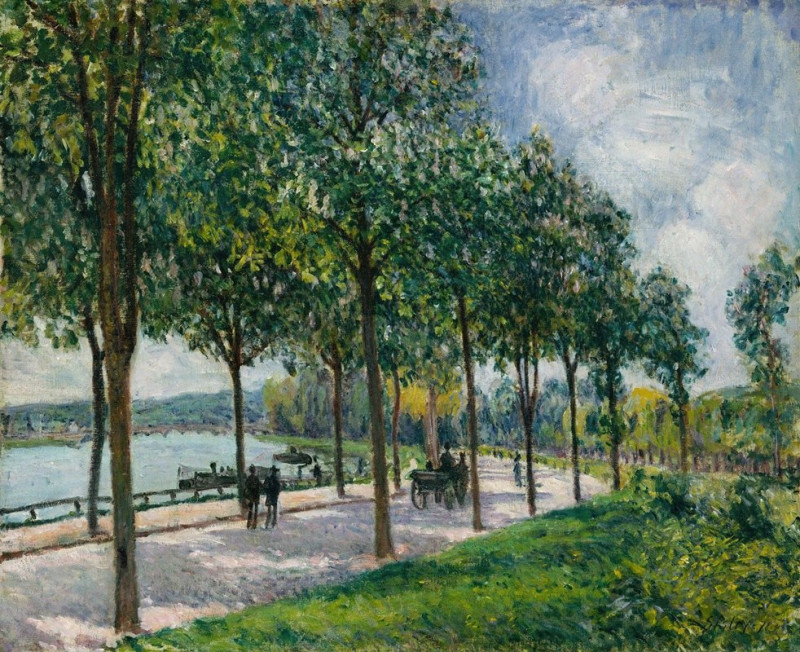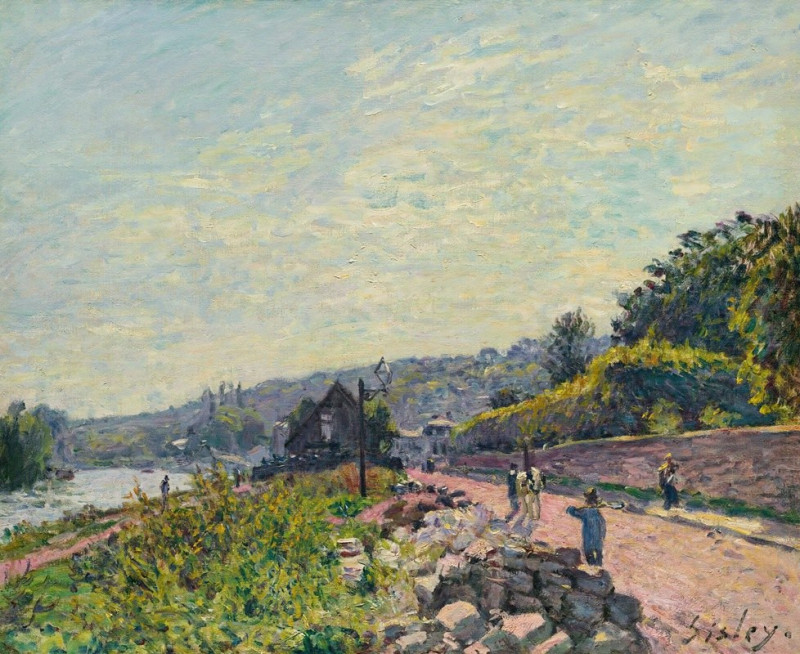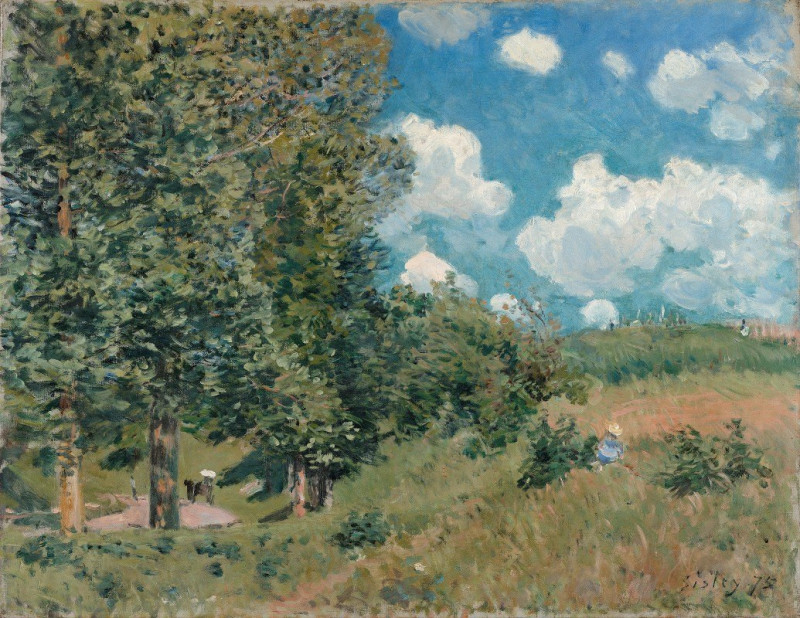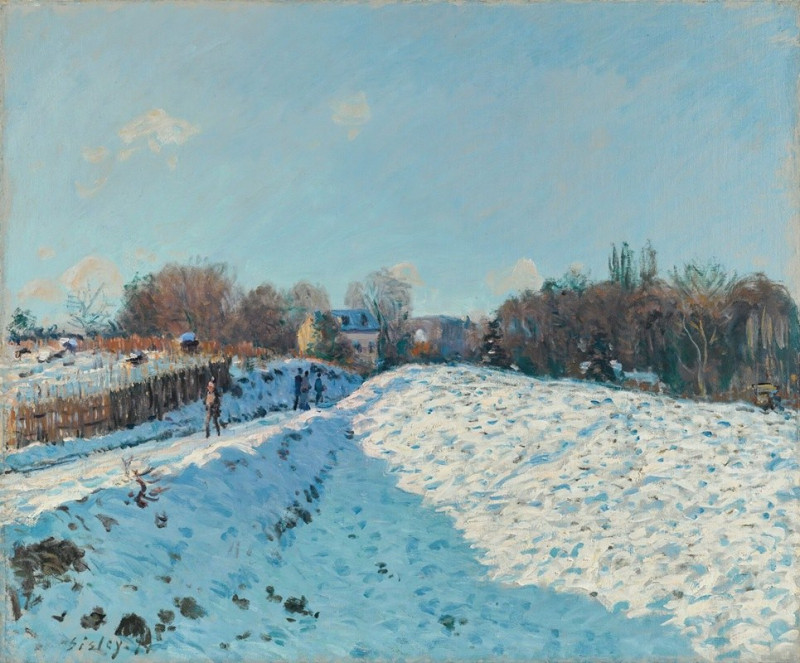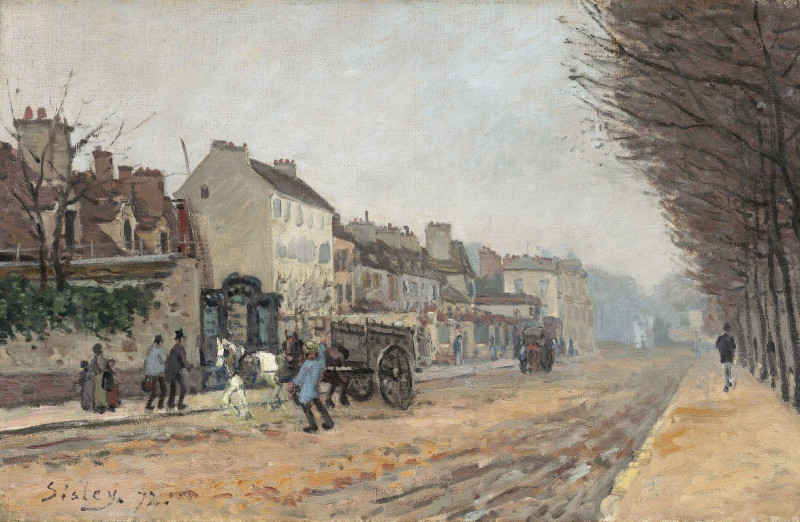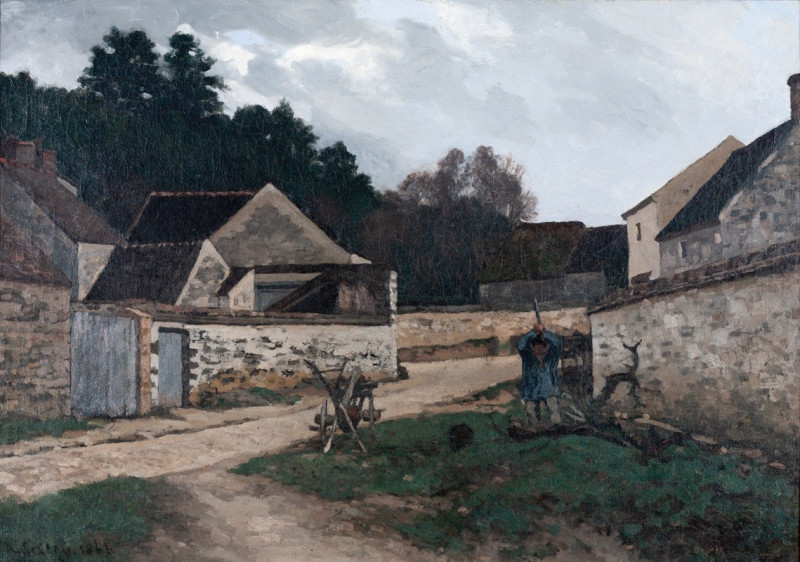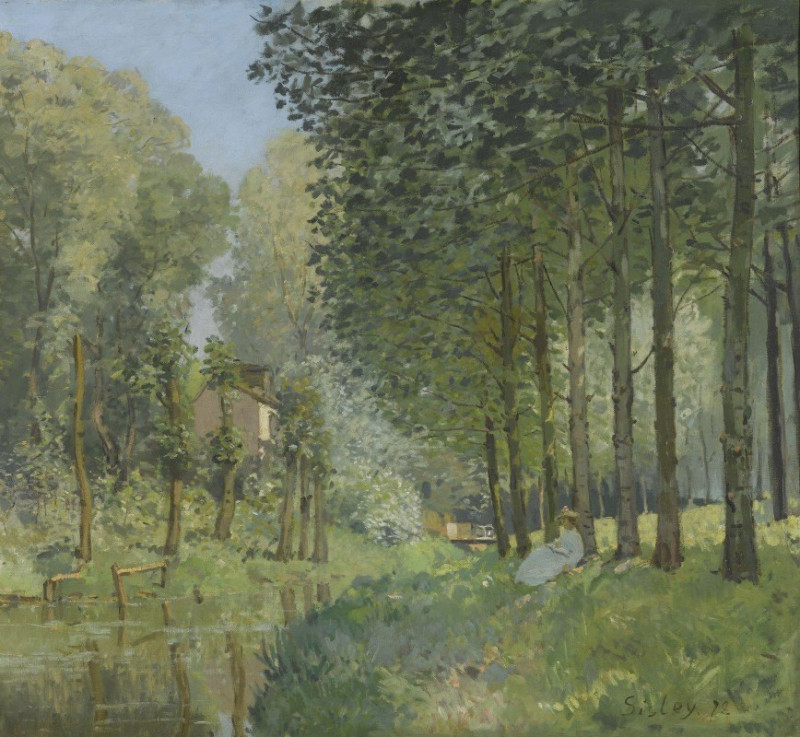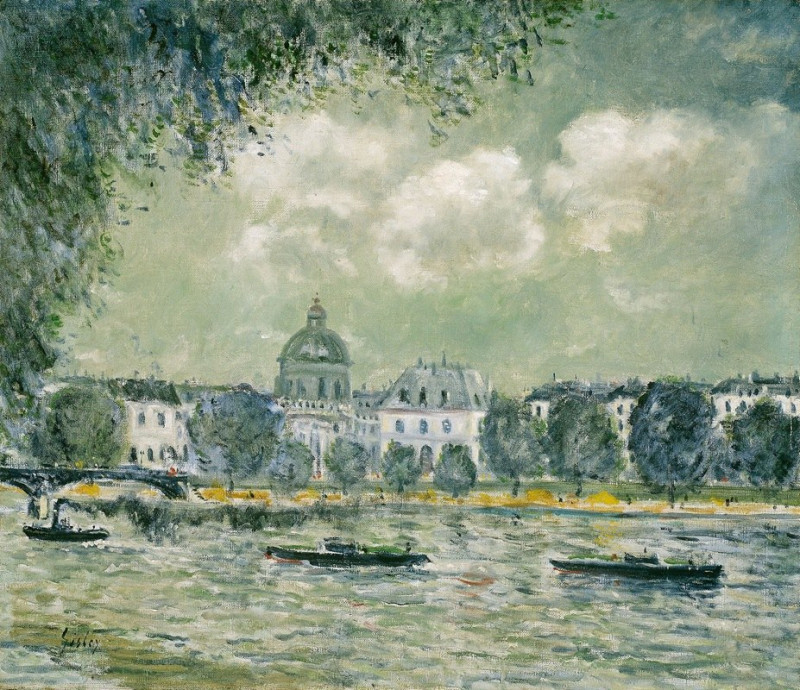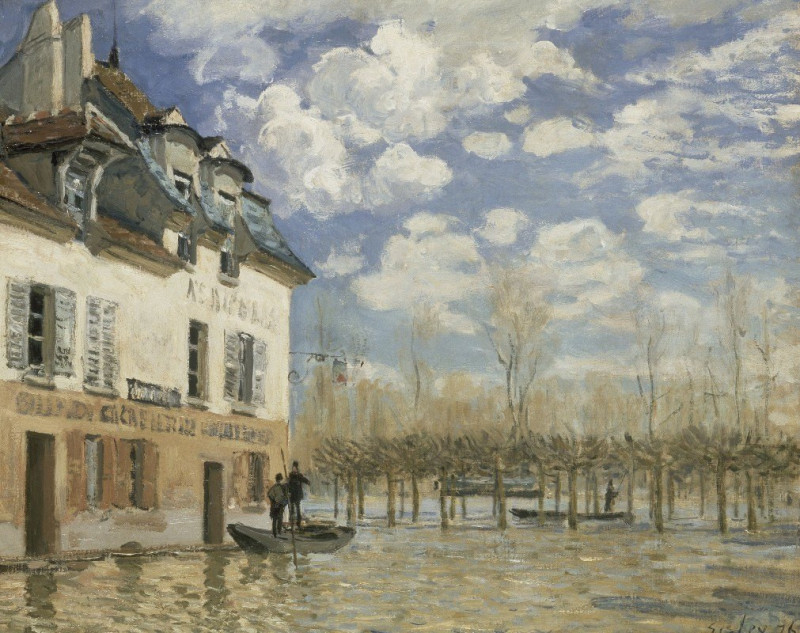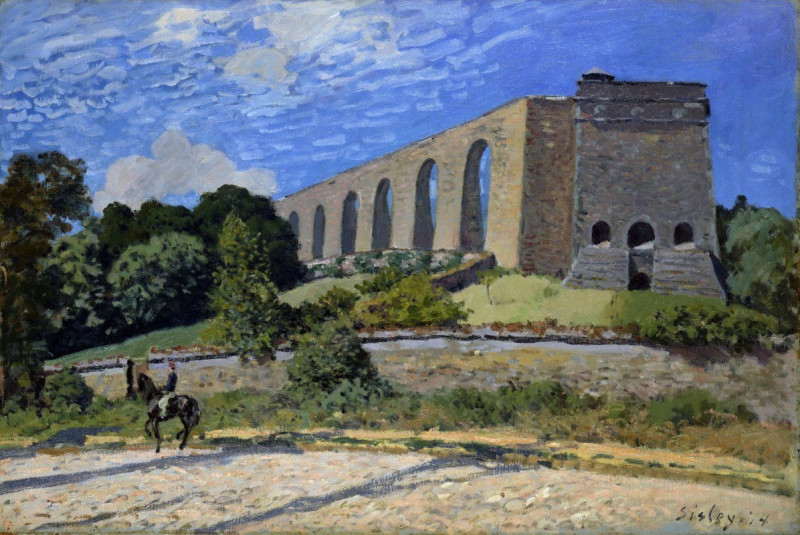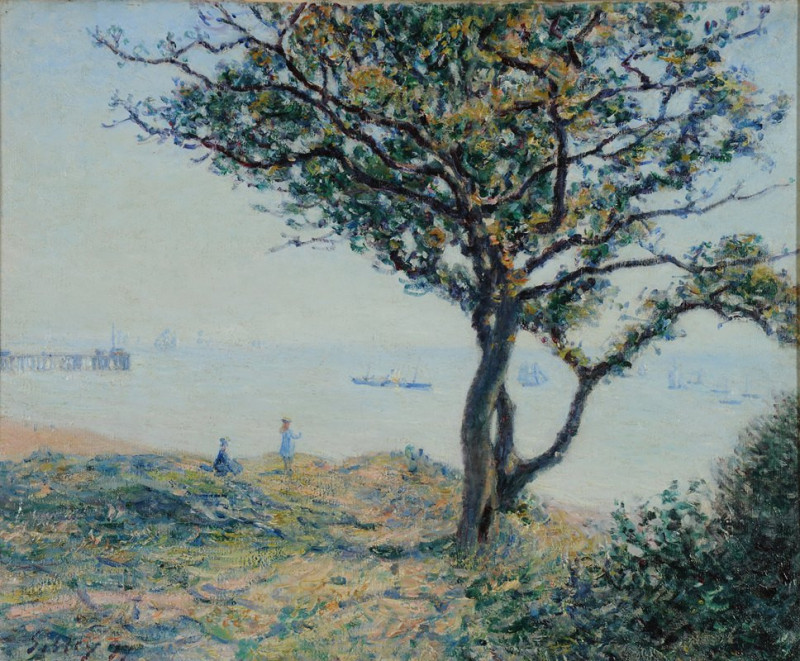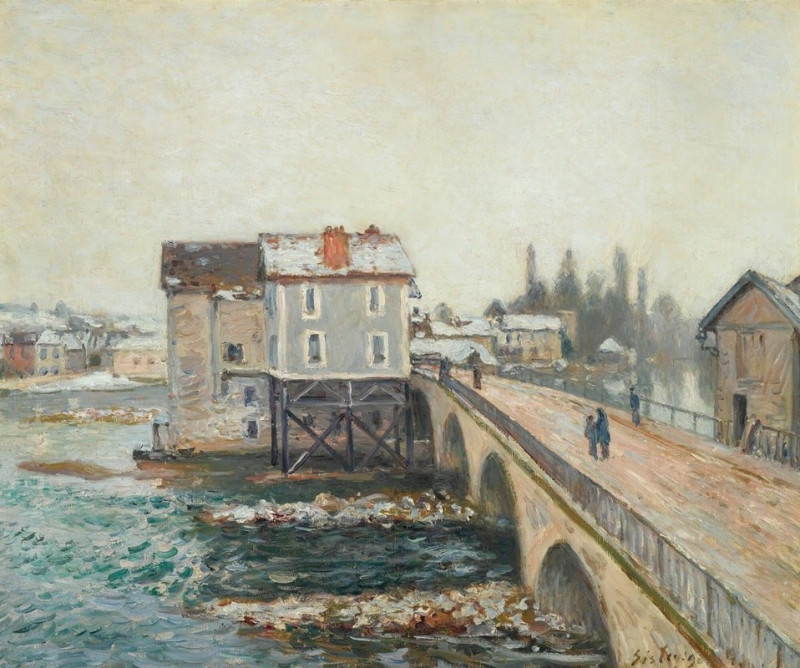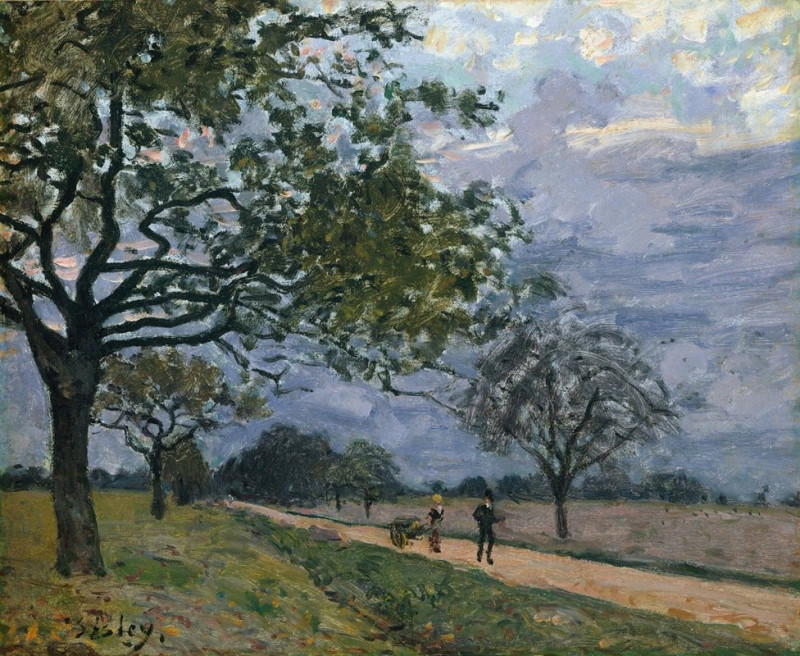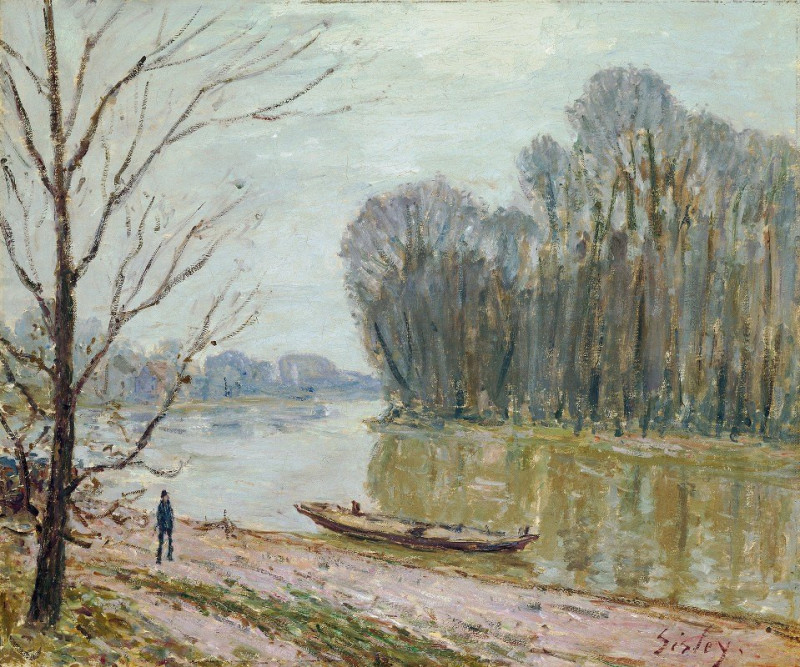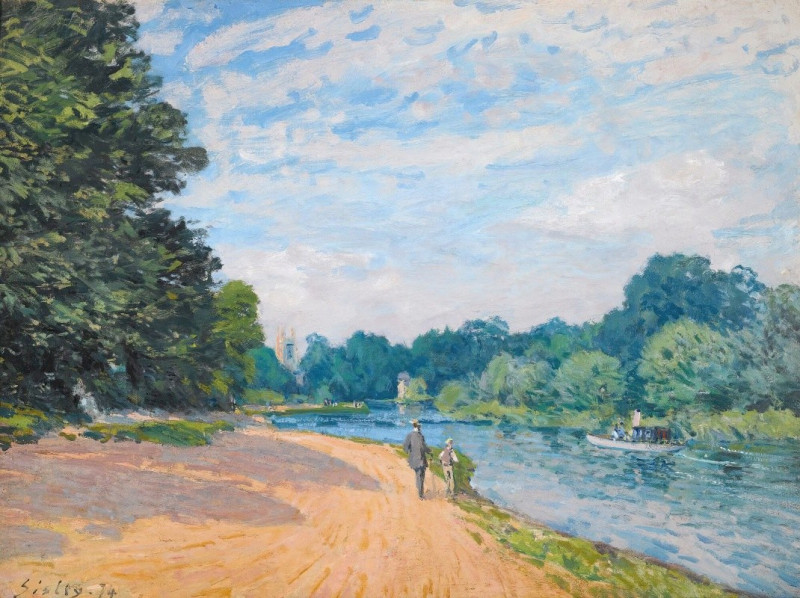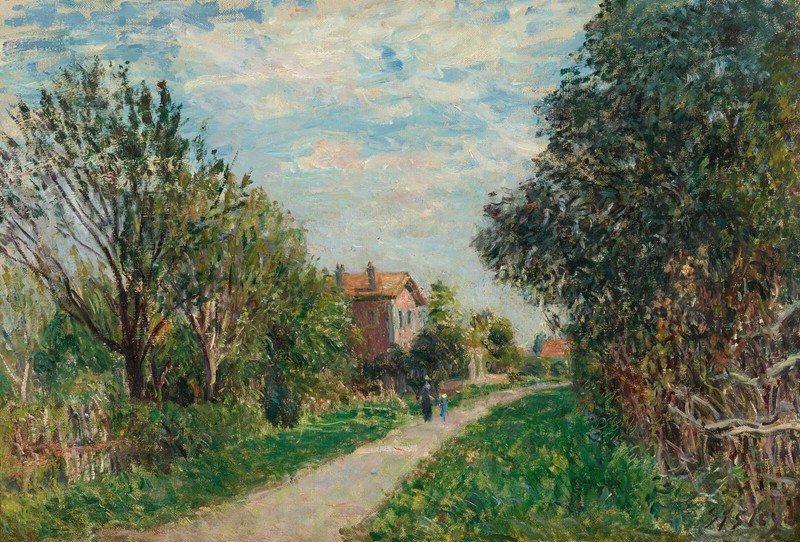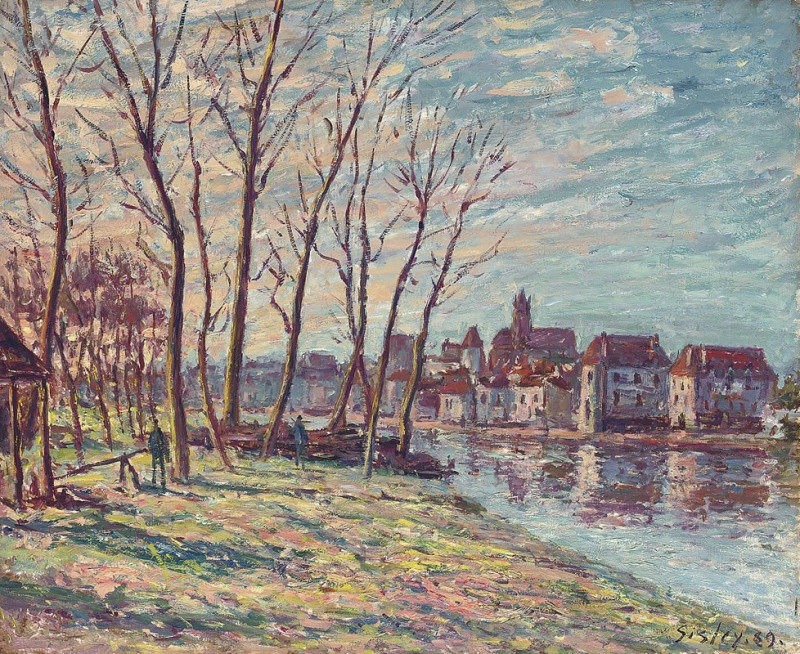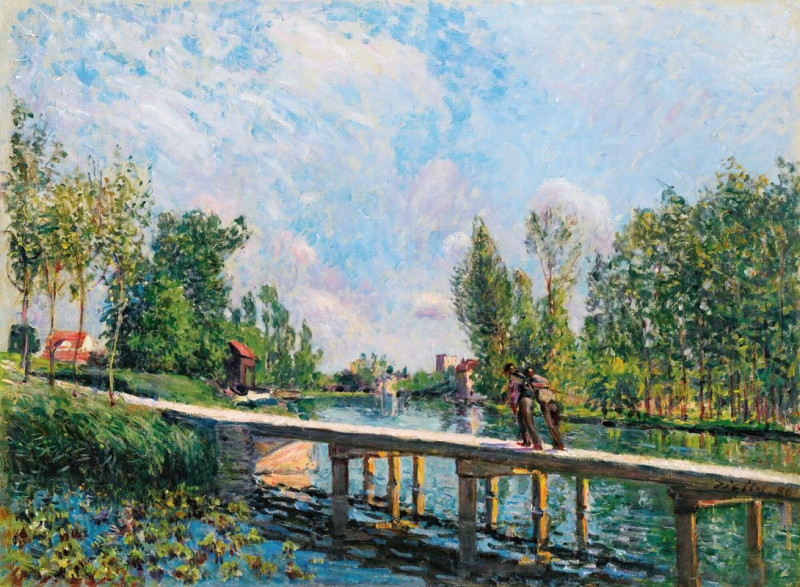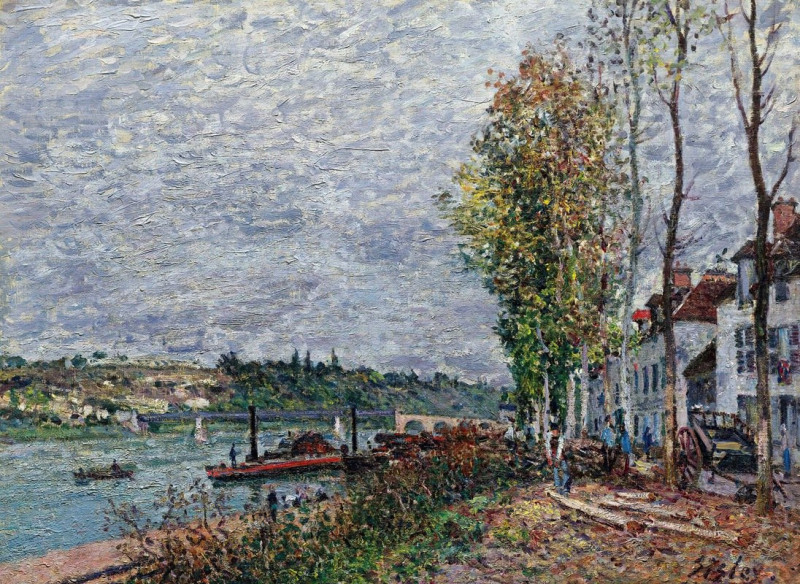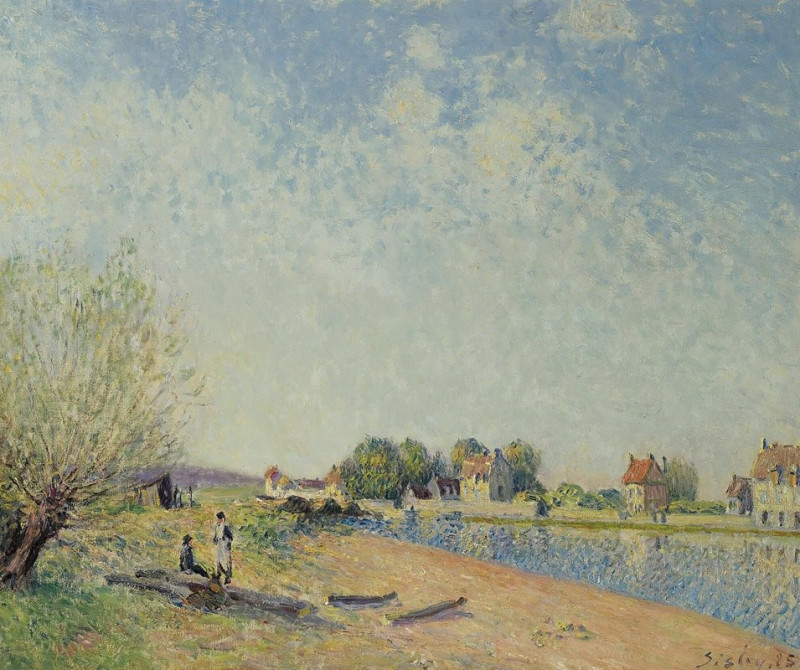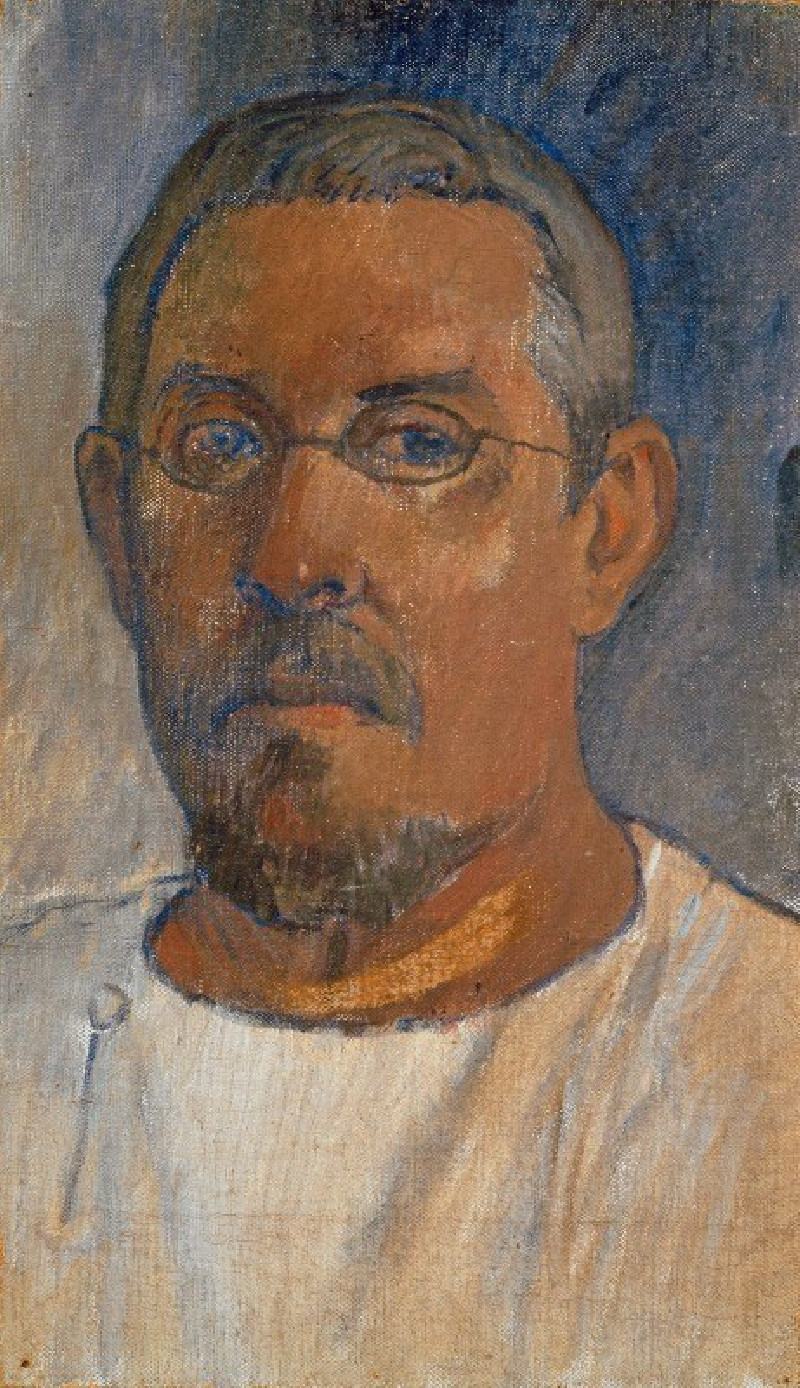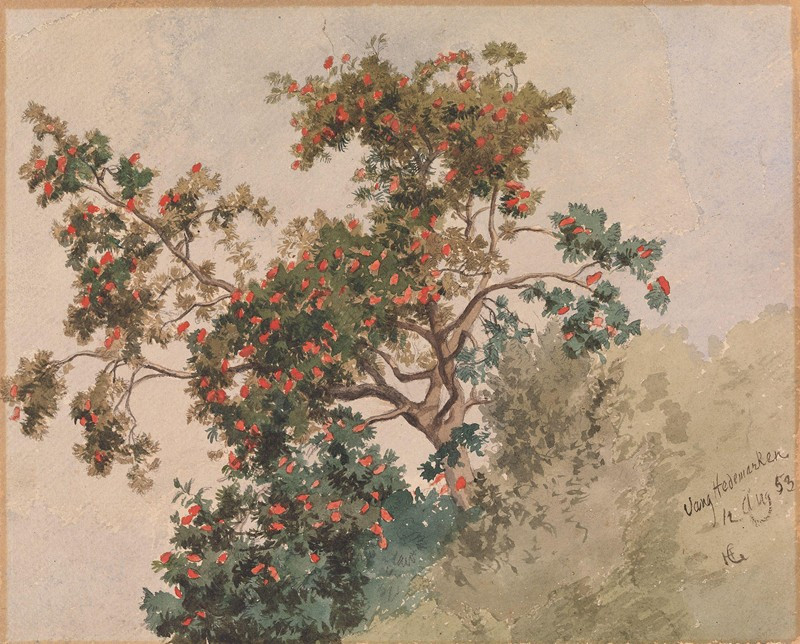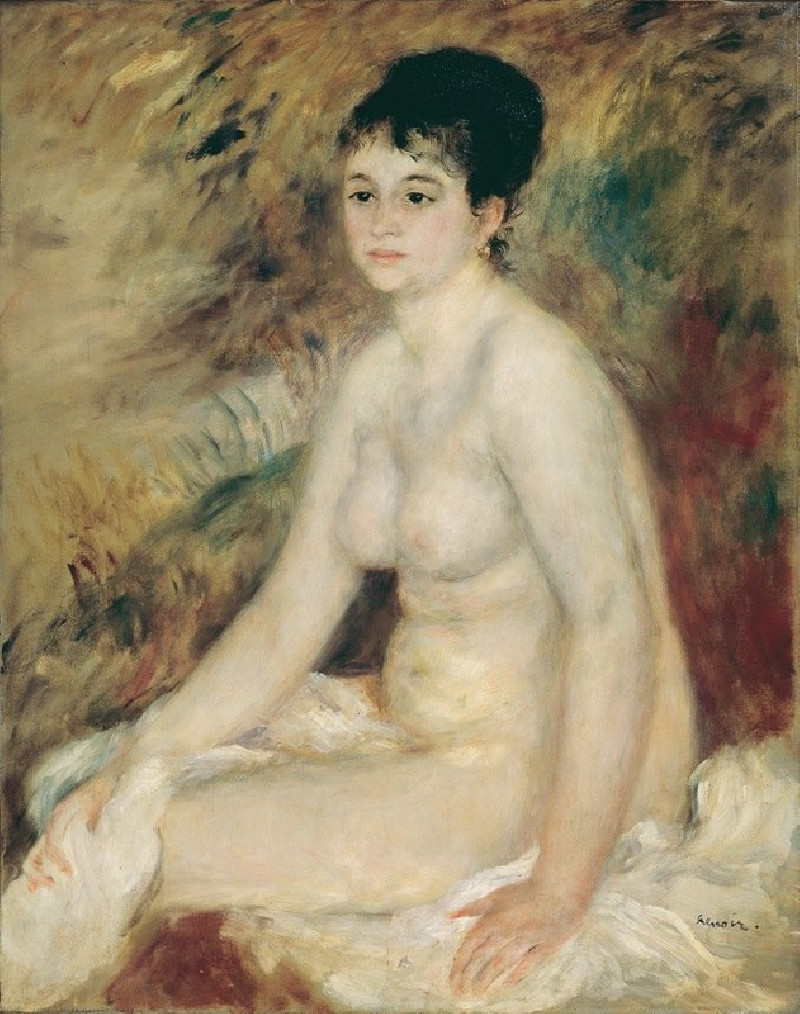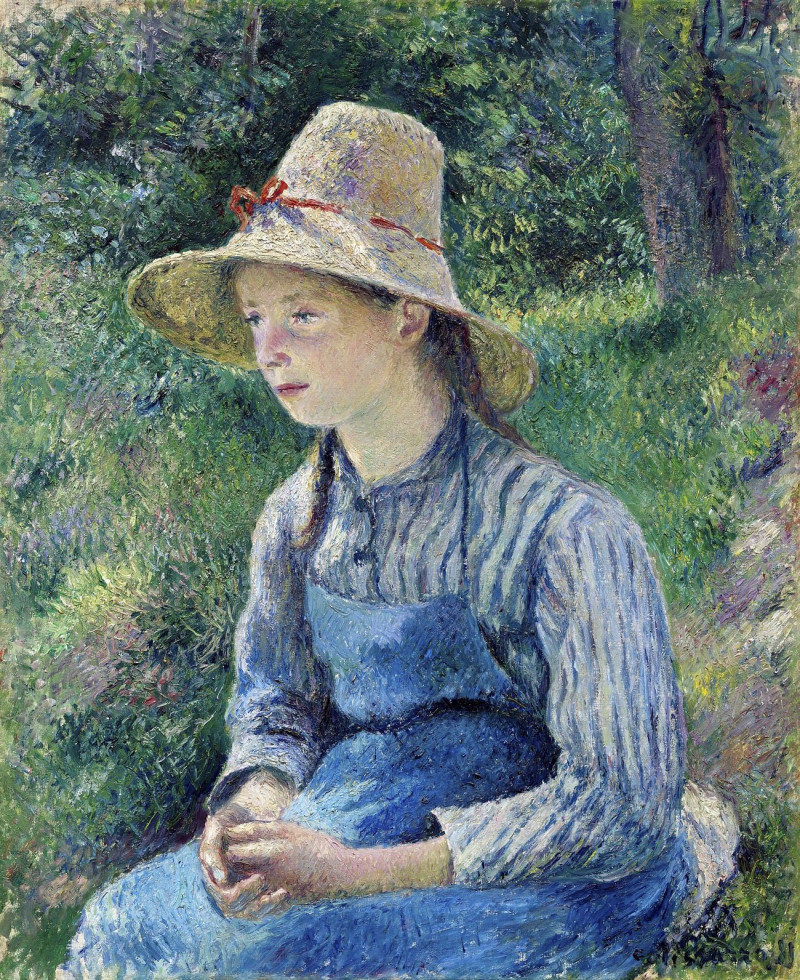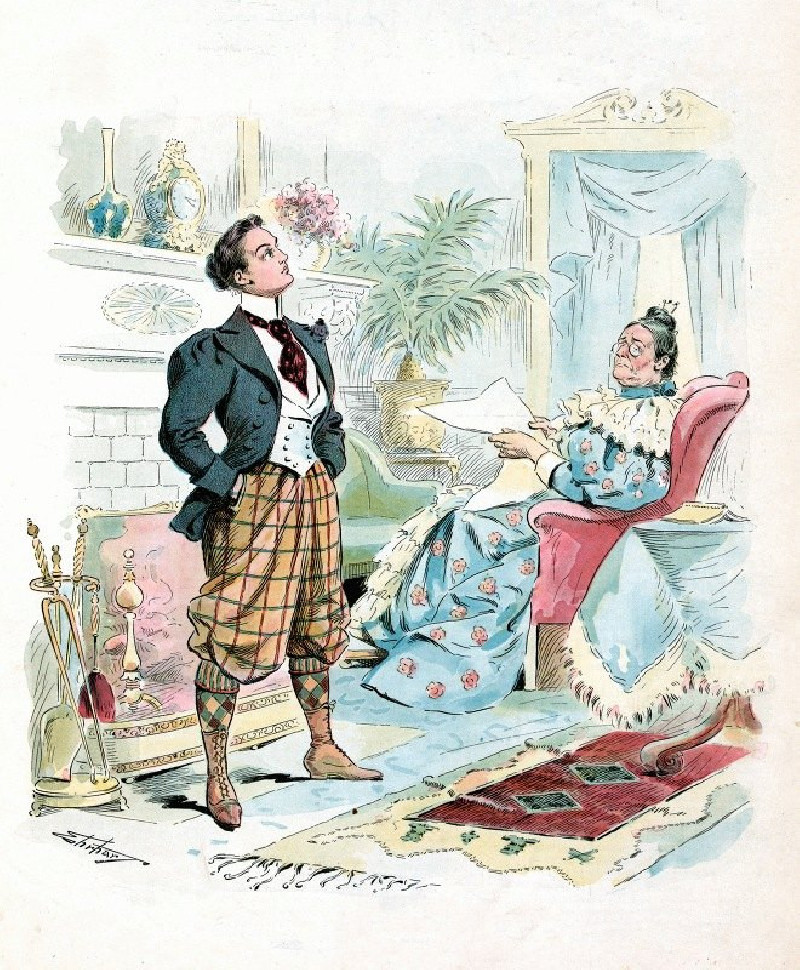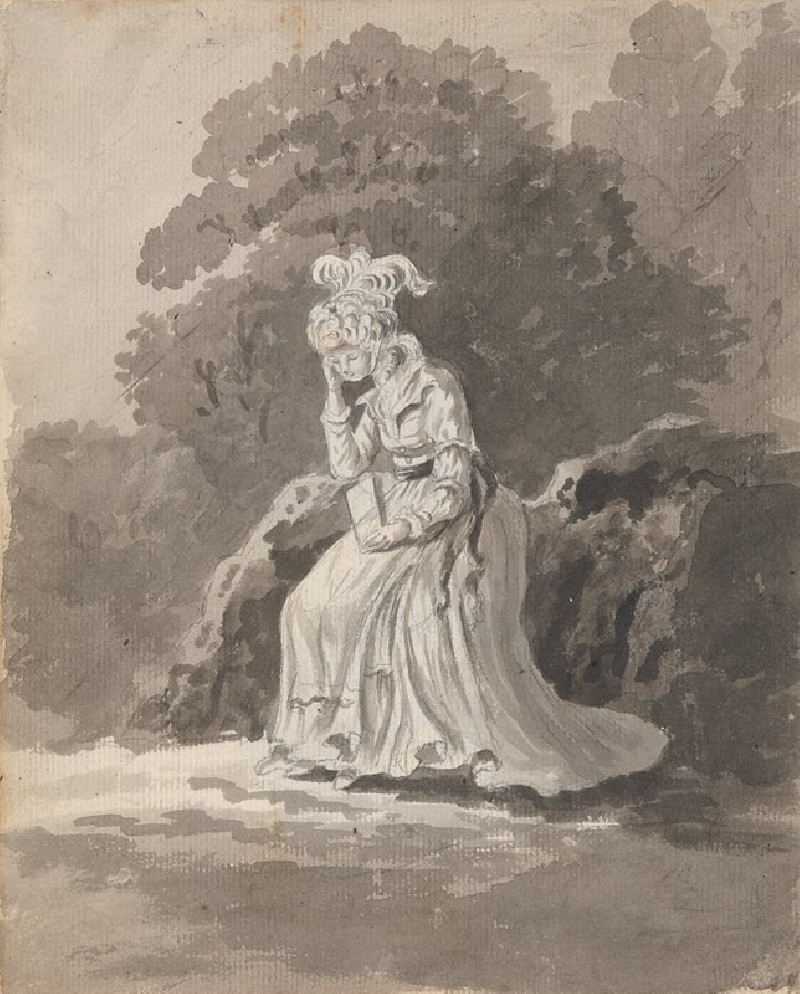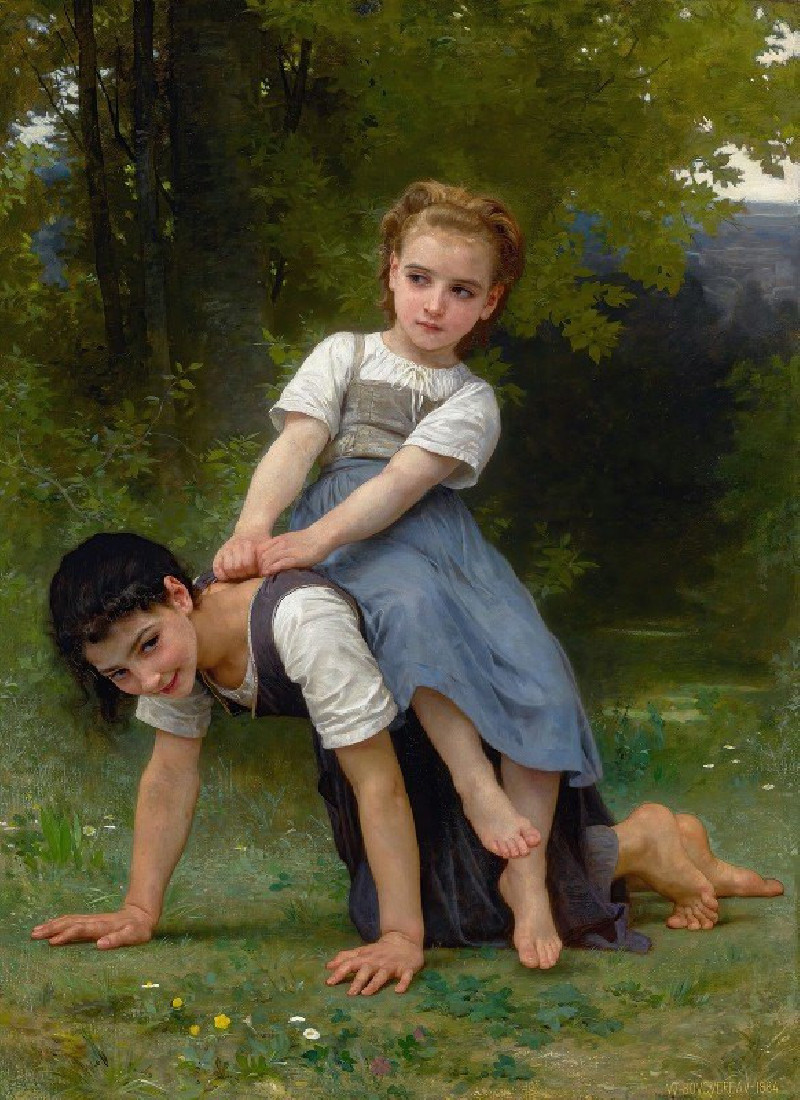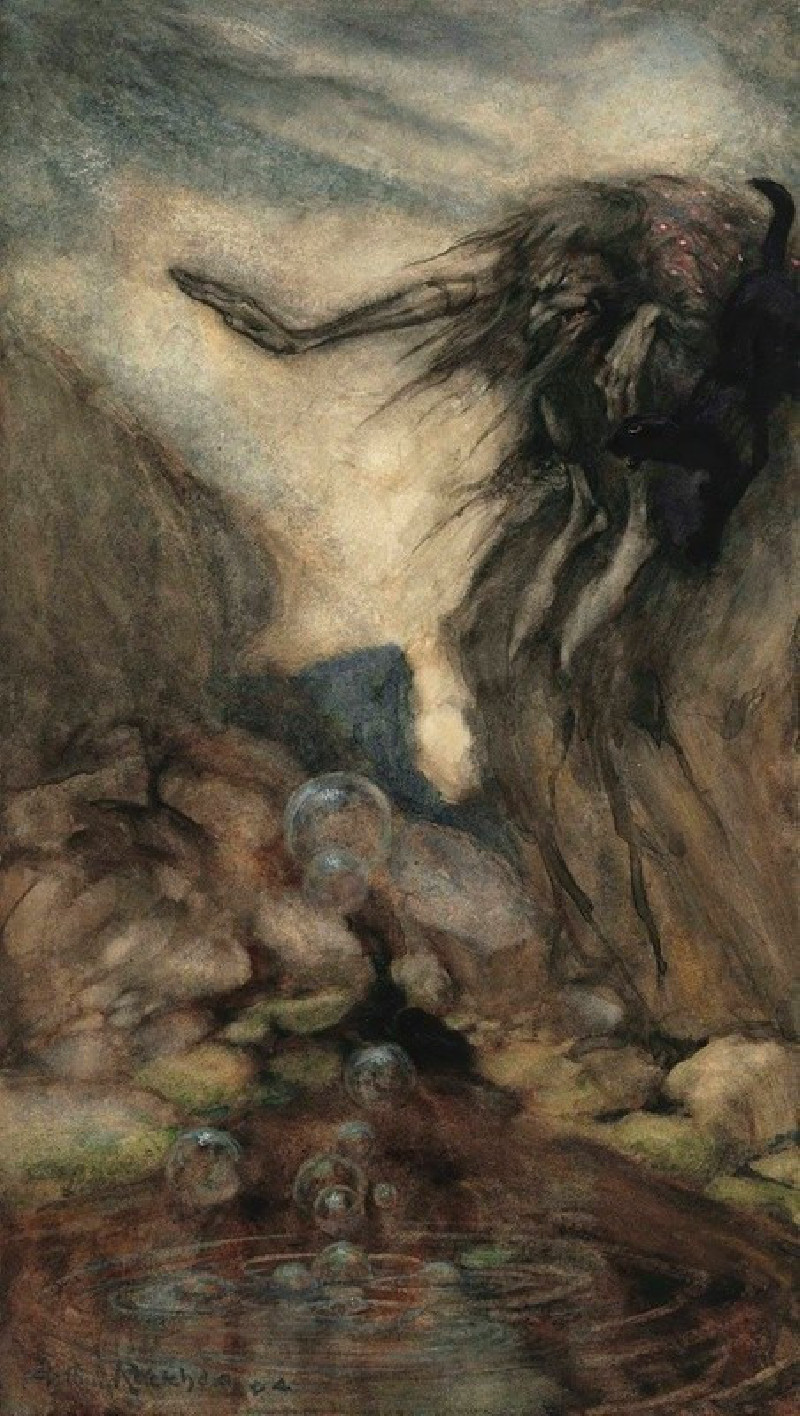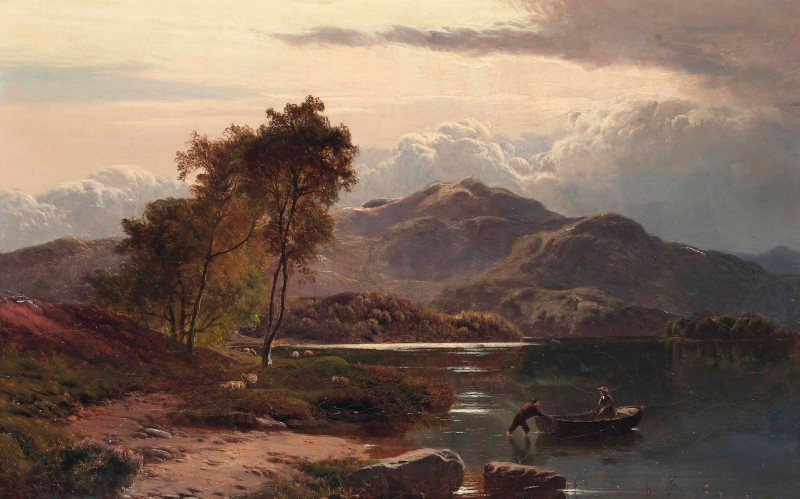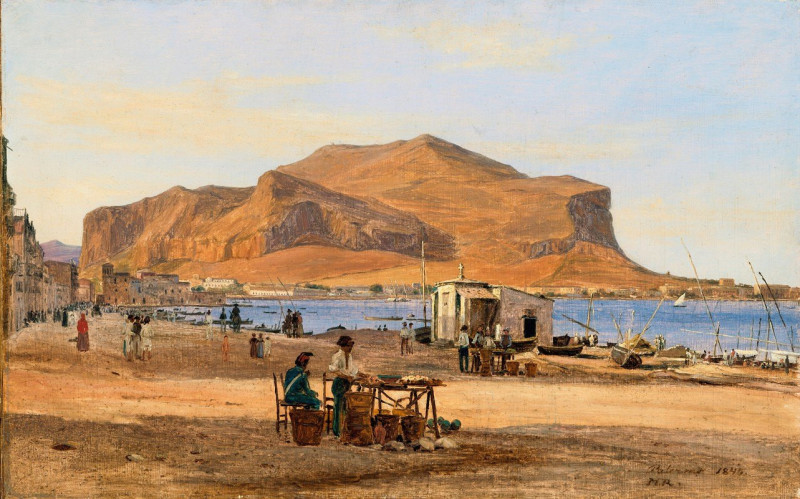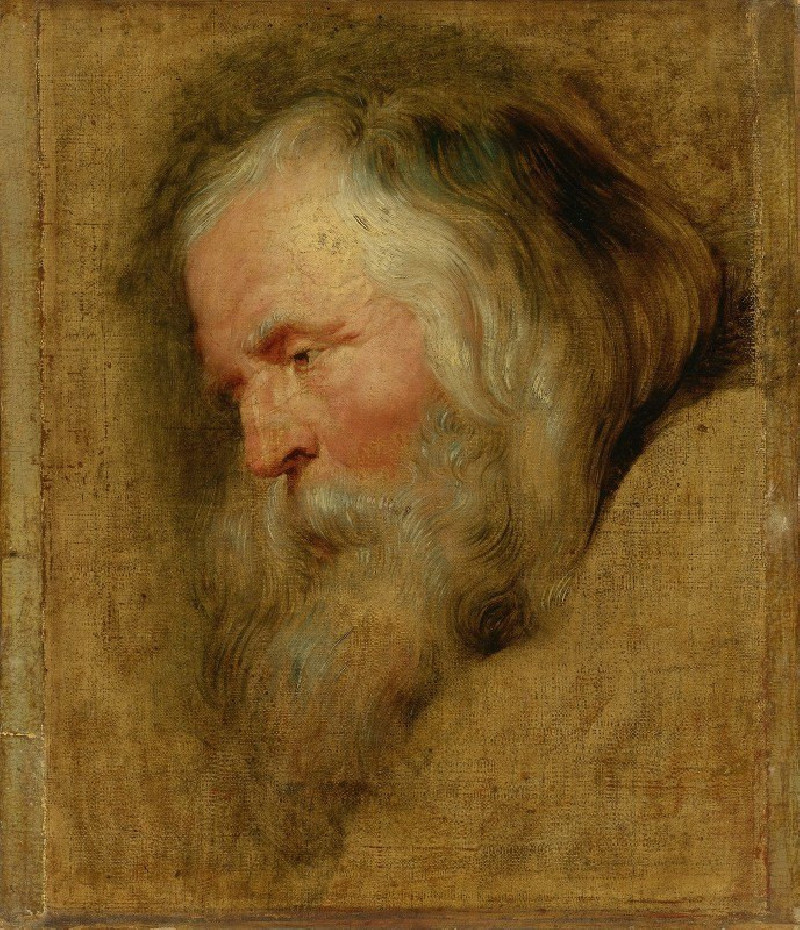Allée of Chestnut Trees (1878)
Technique: Giclée quality print
Recommended by our customers
More about this artwork
"Delve into the serene landscape of Alfred Sisley’s ‘Allée of Chestnut Trees’, a masterpiece painted in 1878 that epitomizes the tranquility and natural beauty characteristic of the Impressionist movement. This captivating work of art presents a lush allée lined with vibrant, leafy chestnut trees, under which shadows and light dance harmoniously.The painting captures a tranquil riverside promenade, with a gentle river visible on the left, adding a sense of peaceful flow to the scene. Figures appear subtly in the landscape: two individuals, possibly conversing beside the road, and a horse-drawn cart in the background, enhancing the rural feel of the scene while maintaining a quiet, everyday life atmosphere.Sisley’s skillful use of light and color creates a dynamic yet soothing palette that invites viewers to lose themselves in the cool shade of the trees. The sky, painted with soft blues and whites, suggests an early autumn day, where the air is crisp, and nature begins to hint at the changing seasons.‘Allée of Chestnut Trees’ is not just a visual experience but an invitation to appreciate the quiet moments and the beauty of nature that surrounds us. It is a testament to Sisley’s mastery in portraying landscapes that are both a reflection of reality and an idealization of nature’s serene moments.
Delivery
Returns
Alfred Sisley (1839–1899), an English impressionist artist, was renowned for his breathtaking impressionist landscape paintings. Born in 1839 to a wealthy family in Paris, Sisley spent most of his life in France. Despite being intended for a career in commerce, he rebelled and pursued his passion for painting as an amateur in the studio of Charles Gleyre, where he befriended artists Claude Monet and Pierre-Auguste Renoir. The financial loss of his family in the Franco-German War led Sisley to make a career out of his art, though it left him financially distressed. It wasn't until after his passing in 1899 that the true value of his work was recognized.

